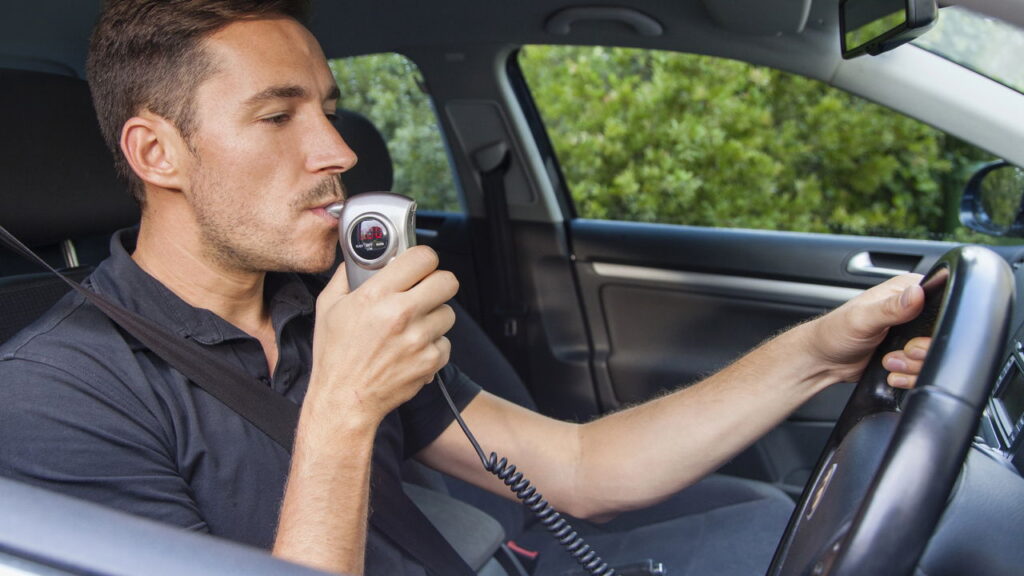In recent years, the implementation of vehicle safety technologies that help reduce accidents caused by drunk driving has been debated in several countries. One proposed solution is the integration of breathalyzers directly into the vehicles’ ignition system. This measure establishes that the car will only be able to start if the sensors do not detect alcohol levels higher than those allowed in the driver’s body.
Us USALegislation has already begun to move in this direction. In 2021, a law was passed stating that, starting in 2026, all new cars sold in the country must be equipped with a built-in breathalyzer. This action aims to increase safety on the roads and prevent violations related to alcohol consumption before driving.
How would the breathalyzer system work in cars?

The system integrates a device known as a ‘breathalyzer’ or ‘alcohol ignition interlock’. It acts as a barrier that prevents the vehicle from starting if the driver’s alcohol level exceeds the legal limit. That is, the car engine will only start when the concentration of alcohol in the exhaled air is within the standards permitted by law.
In addition to the United States, some European countries are also exploring this technology. France, Italy and England are studying how to regulate the mandatory installation of these devices, with the aim of increasing traffic safety.
What are the proposed laws in Brazil?
In Brazil, the debate around this idea is gaining ground in the National Congress. Bill 1437/20, by federal deputy Bosco Costa, suggests the mandatory installation of breathalyzers in all vehicles sold in the country. The tip aims to prevent accidents caused by drunk drivers by connecting the device to the car’s starting system.
The project proposes the gradual adoption of this technology, starting with new vehicles and eventually covering the entire national fleet. In addition to this, another relevant project is 2176/07, which proposes sensors capable of identifying the presence of alcohol in the air inside the vehicle, acting as a passive breathalyzer.
What are the challenges for the implementation of the measure?
Despite the clear security advantages, some challenges remain. Economic viability, consumer acceptance and legal issues are topics of intense debate. The adaptation of car manufacturers and the extra cost of vehicles are concerns that must be addressed for the effective implementation of the measure.
Another point is the precision and reliability of the devices. Guarantees of correct and non-intrusive operation are essential for easier public acceptance of this technology. If successful, the measure could usher in a new era of vehicle safety, dramatically reducing rates of drunk driving.









